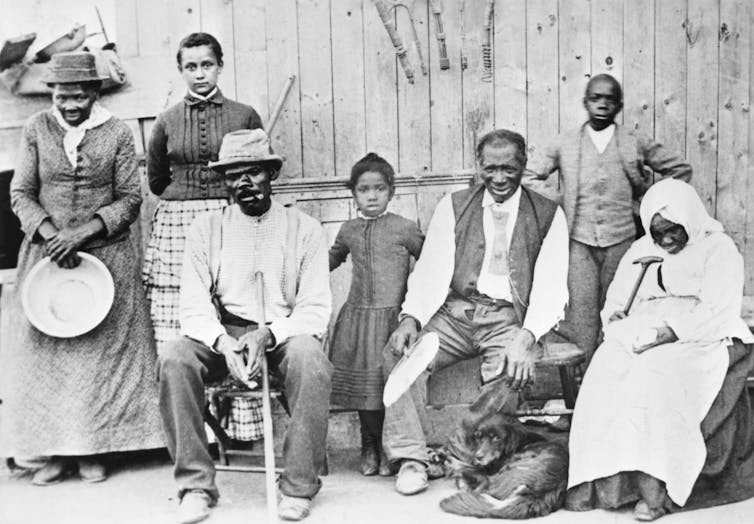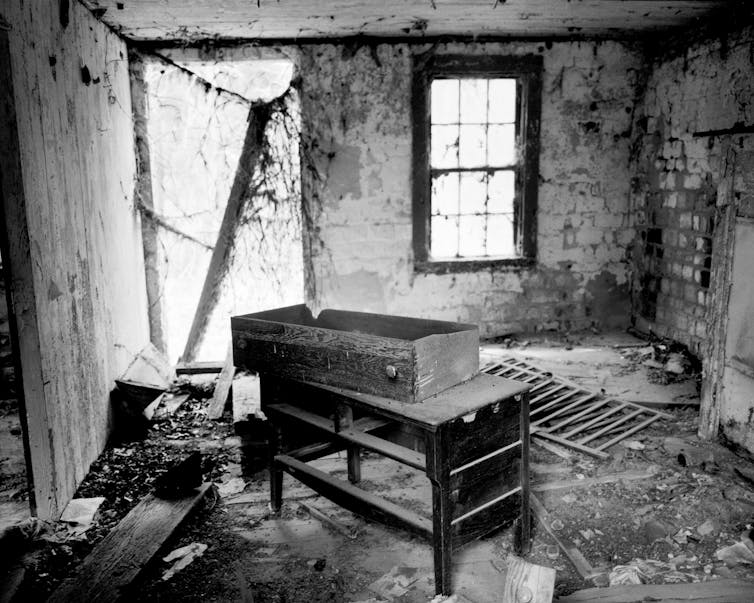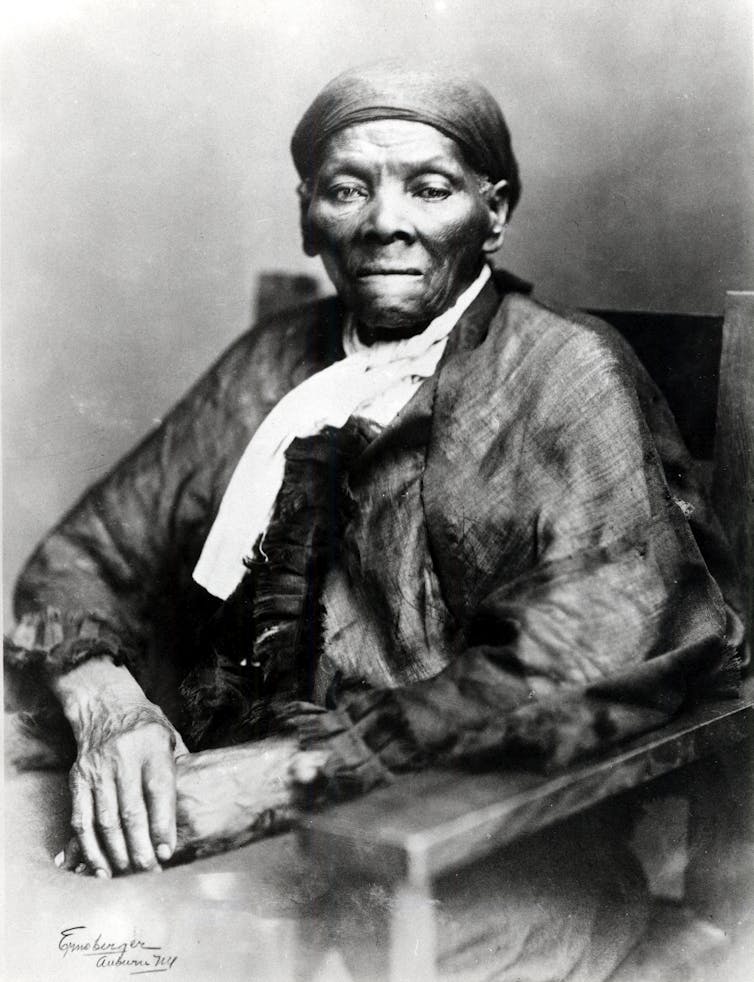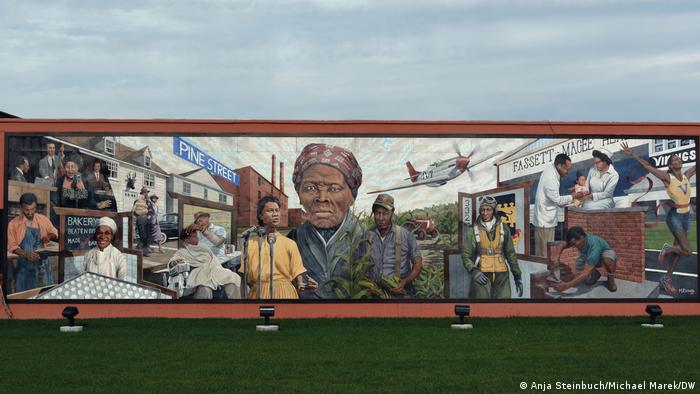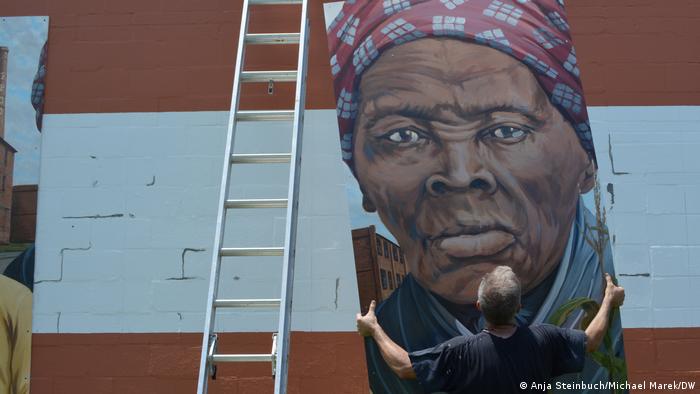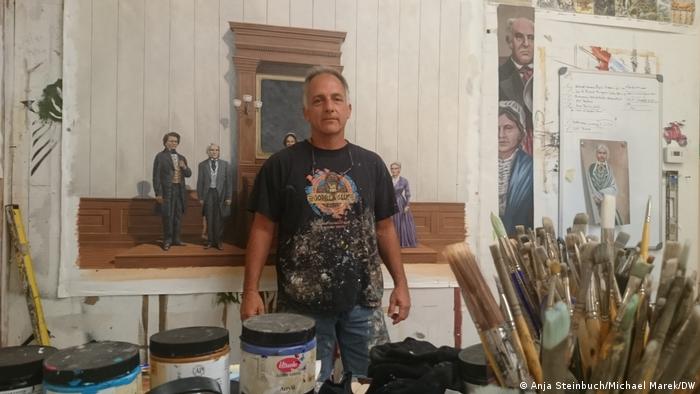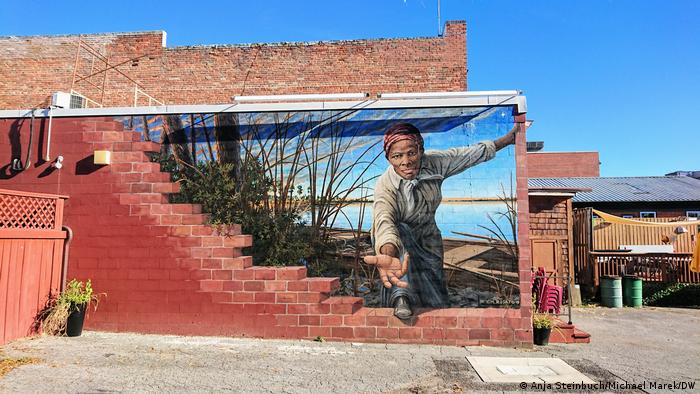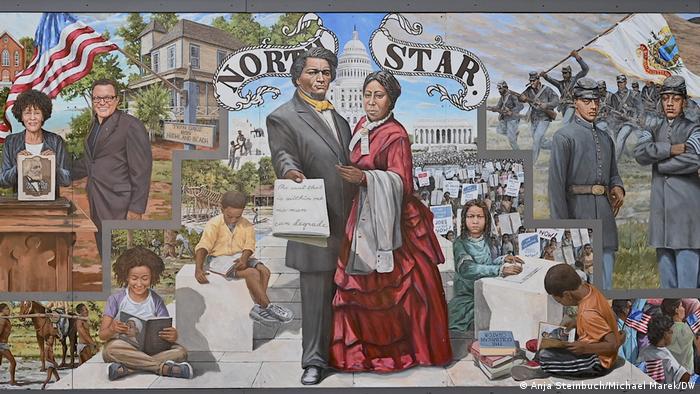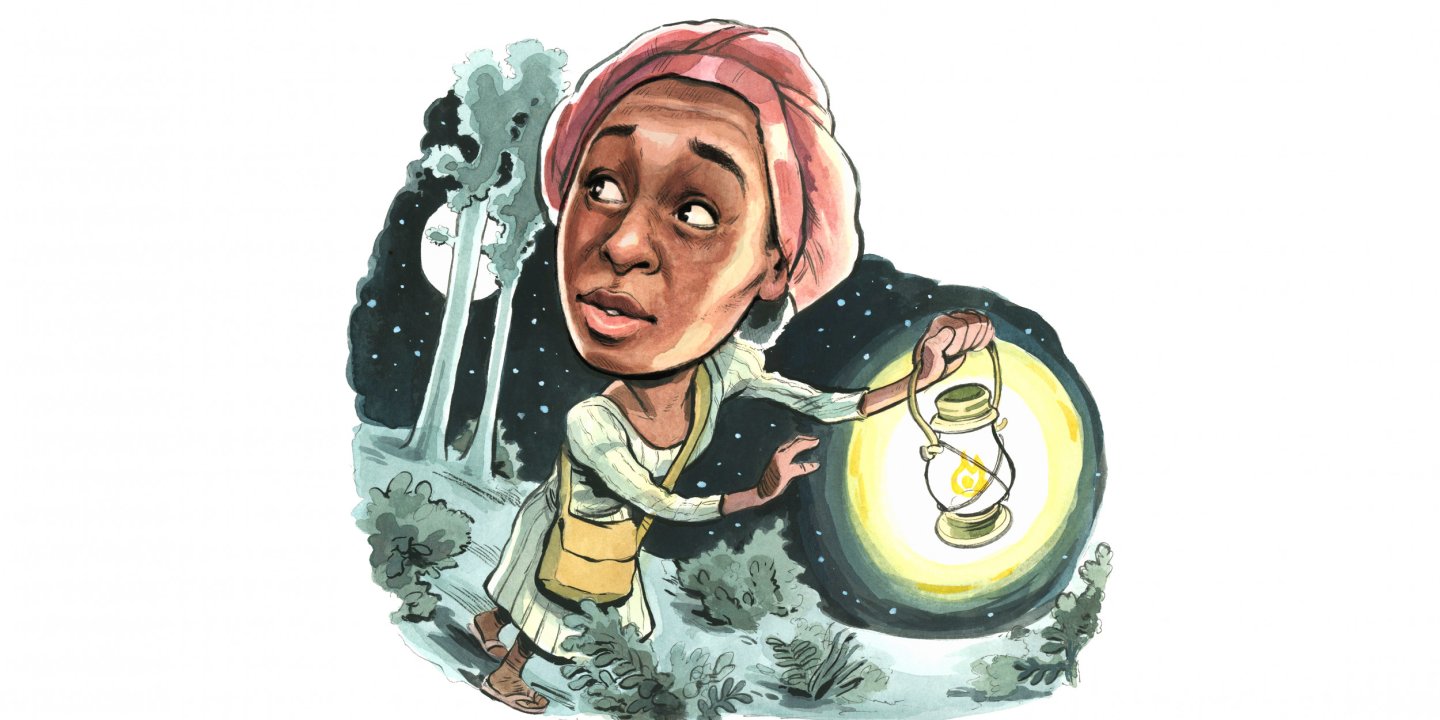Harriet Tubman awarded posthumous rank of general on Veterans Day
Tubman helped free several Black people from slavery and led soldiers on a gunboat raid during US civil war
Associated Press
The revered abolitionist Harriet Tubman, who was the first woman to oversee an American military action during a time of war, was posthumously awarded the rank of general on Monday.
Dozens gathered on Veterans Day at the Harriet Tubman Underground Railroad state park in Maryland’s Dorcester county for a formal ceremony making Tubman a one-star brigadier general in the state’s national guard.
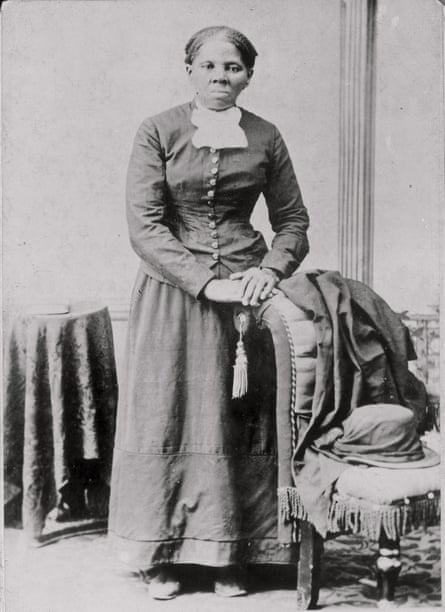 View image in fullscreenHarriet Tubman in a photograph dating from 1860-75, provided by the Library of Congress. Photograph: Harvey B Lindsley/AP
View image in fullscreenHarriet Tubman in a photograph dating from 1860-75, provided by the Library of Congress. Photograph: Harvey B Lindsley/APWes Moore, the governor, called the occasion not just a great day for Tubman’s home state but for all of the US.
“Today, we celebrate a soldier and a person who earned the title of veteran,” Moore said. “Today we celebrate one of the greatest authors of the American story.”
Tubman escaped slavery herself in 1849 and settled in Philadelphia. Intent on helping others achieve freedom, she established the Underground Railroad network and led other enslaved Black women and men to freedom. She then channeled those experiences as a scout, spy and nurse for the Union amy during the civil war, helping guide 150 Black soldiers on a gunboat raid in South Carolina.
Nobody would have judged Tubman had she chosen to remain in Philadelphia and coordinate abolitionist efforts from there, Moore said.
“She knew that in order to do the work, that meant that she had to go into the lion’s den,” Moore siad. “She knew that leadership means you have to be willing to do what you are asking others to do.”
The reading of the official order was followed by a symbolic pinning ceremony with Tubman’s great-great-great-grandniece, Tina Wyatt.
Wyatt hailed her aunt’s legacy of tenacity, generosity and faith, and agreed Veterans Day applied to her as much as any other service member.
“Aunt Harriet was one of those veterans informally, she gave up any rights that she had obtained for herself to be able to fight for others,” Wyatt said. “She is a selfless person.”
Tubman’s status as an icon of history has only been further elevated within the last few years. The city of Philadelphia chose a Black artist to make a 14-ft (4.3m) bronze statue to go on display next year. In 2022, a Chicago elementary school was renamed for Tubman, replacing the previous namesake, who had racist views. However, plans to put Tubman on the $20 bill have continued to stall.

